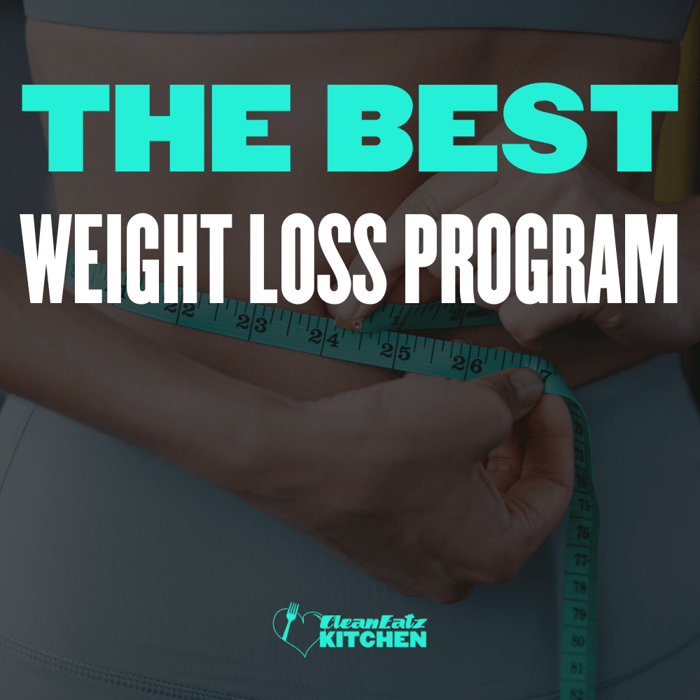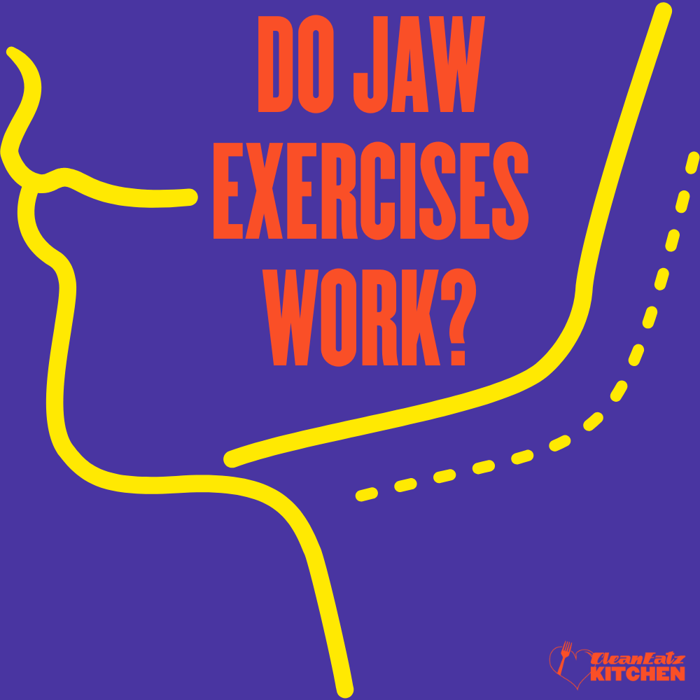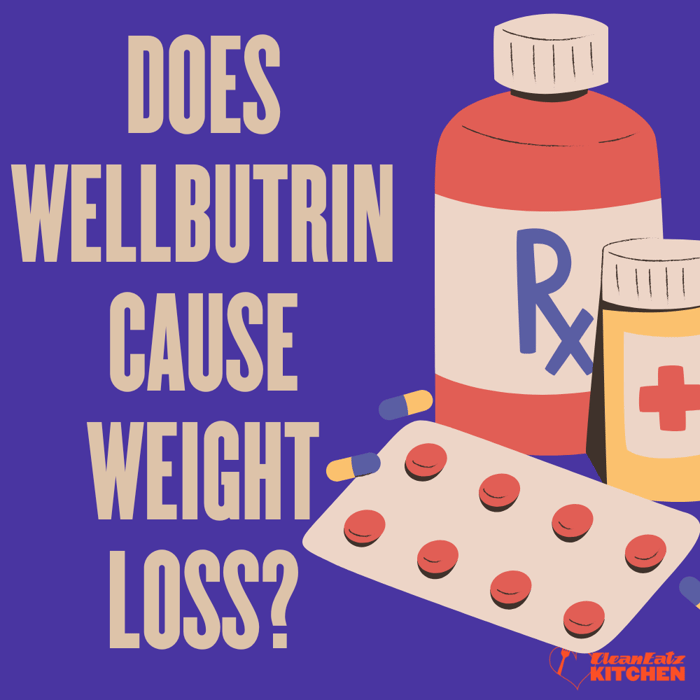What actually makes a program “work”
In head-to-head research, different diet styles (low-carb, low-fat, Mediterranean-leaning, etc.) can all work when they reduce calories and are paired with coaching and follow-up. The U.S. Preventive Services Task Force recommends intensive, multicomponent behavioral programs (nutrition, activity, and behavior change skills, usually ≥12–26+ sessions) for adults with obesity because they reliably produce clinically meaningful loss.1
The 6 pillars of effective weight loss
- Energy deficit you can keep: A common target is roughly −500 to −750 kcal/day (or individualized calories), adjusted to you.2 The NIH Body Weight Planner personalizes this using a dynamic model.4
- Protein & fiber anchors: Center meals on lean protein (often ~1.2–1.6 g/kg/day) and fiber-rich foods (vegetables, fruit, legumes, whole grains) to stay full.
- Food structure: Pre-portion meals and snacks. Meal plans and ready-to-heat options reduce decision fatigue. (See CEK meal plans, protein-forward snacks, and Nutrition Info.)
- Self-monitoring & accountability: Logging intake/weight or using a simplified tracker (even “two eating occasions/day” logging) strongly predicts success.5
- Activity you enjoy: Hit the adult guidelines (150–300 min/wk moderate or 75–150 min/wk vigorous) and lift 2 days/wk to preserve muscle. Related reads: how much exercise per day · aerobic exercise & mitochondria.
- Relapse plan: Expect plateaus. Briefly return to tight logging for a week, adjust portions, or add a structured meal phase again.
Do structured meals/meal replacements help?
Yes. Using pre-portioned meals or partial/total meal replacements inside a coached program often boosts average weight loss—useful during busy seasons or early “reset” phases.3, 6 Recent randomized trials and reviews report greater reductions in body weight and body fat versus usual diets, without harming metabolic markers.3 You don’t have to do this forever; many switch back to mostly whole-food meals after learning portions.
Want simple structure? Browse our calorie-controlled plans, add protein snacks, and use Nutrition Info to hit your targets. Related reads: portion control vs calorie counting · smart sugar swaps.
Where do medications or surgery fit?
- Medications: Modern anti-obesity meds (e.g., semaglutide 2.4 mg) can produce ~10–15%+ average loss with lifestyle support and reduce cardiovascular events in high-risk patients.7, 8 These are prescription therapies with eligibility, side-effect, and supply considerations—discuss with your clinician.
- Metabolic/bariatric surgery: For appropriate candidates, surgery delivers the largest and most durable average losses and health benefits. Current joint guidelines recommend MBS for BMI ≥35 (regardless of comorbidities) and consider it at BMI 30–34.9 when other methods fail, especially with metabolic disease.9
How to choose the best program for you
- Match the method to your life: Prefer logging? Count for 2–4 weeks, then loosen to portions. Hate logging? Lead with portion templates + pre-portioned meals.
- Look for accountability: Coaching, group check-ins, or app prompts (daily/weekly).
- Make it tasty: You’ll only keep what you enjoy—build meals you actually want to eat.
- Track outcomes that matter: Body weight, waist, energy, strength, labs (as applicable).
1-week starter plan (practical)
- Set your target: Use the NIH Body Weight Planner to set calories and a realistic pace.4
- Stock your week: Choose a CEK meal plan that fits those calories; add 1–2 protein snacks per day as needed.
- Protein & fiber rule: Every meal = lean protein + produce; add whole-grain/legume carbs to training meals.
- Move: 30–45 min brisk walks or cardio 4 days; 2 short strength sessions (push/pull/legs + core).
- Log lightly: Track weight daily and log food Monday–Thursday (or track two eating occasions/day).
- Weekend plan: Pre-decide restaurant orders and portions; keep dessert within your calorie budget.
FAQs
How much weight can I realistically lose?
With an intensive lifestyle program, many people lose 5–10%+ in 3–12 months; adding medications or surgery changes the averages and should be individualized with your clinician.1, 7, 9
Do I have to count calories?
No. Counting helps early on, but portion-based plans and lower energy-density eating work when paired with coaching and accountability. A hybrid approach is common.2
What’s the best diet type (low-carb, low-fat, etc.)?
The one you can sustain while meeting protein/fiber targets and staying in a calorie deficit. Personal preference and adherence beat diet labels.2
Are meal replacements safe?
Used as part of a guided plan, they’re effective for many and have a solid evidence base. Choose options that provide adequate protein, fiber, and micronutrients; transition back to mostly whole-food meals when ready.3, 6
References
- U.S. Preventive Services Task Force — Intensive, multicomponent behavioral programs recommended for adults with obesity. Recommendation.
- 2013 AHA/ACC/TOS Guideline — Calorie-restricted diets (e.g., −500 to −750 kcal/day or individualized kcal) within comprehensive lifestyle programs. Circulation | ACC summary.
- Chen B et al., 2024 RCT — Meal replacements significantly reduced weight and body fat % vs. control. Nutrients.
- NIDDK — Body Weight Planner (dynamic model & goal setting). Tool | Model info.
- Turner-McGrievy GM et al., 2019 — Days with ≥2 eating occasions logged predicted weight loss in app-based programs. J Acad Nutr Diet.
- Edwards-Hampton SA et al., 2024 review — Total diet replacement programs show consistent mean losses across settings. Diabetes Obes Metab.
- Wilding JPH et al., 2021 — Semaglutide 2.4 mg + lifestyle led to clinically meaningful, sustained loss. NEJM (STEP 1).
- Lincoff AM et al., 2023 — Semaglutide 2.4 mg reduced major cardiovascular events in people with obesity and CVD (SELECT). NEJM.
- ASMBS/IFSO 2022 Guidelines — Indications for metabolic/bariatric surgery (BMI thresholds and considerations). Summary | PDF.
Educational content only; not medical advice.




